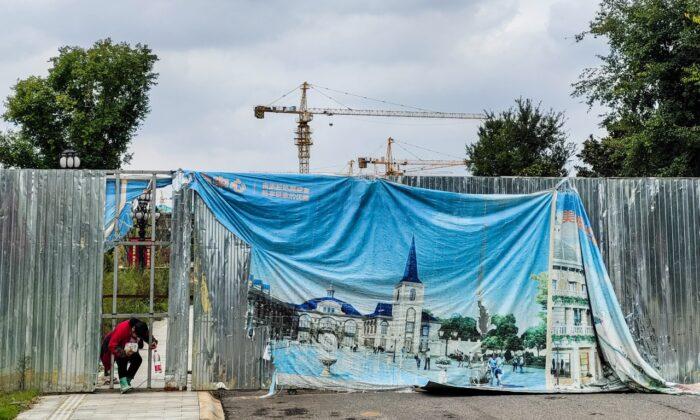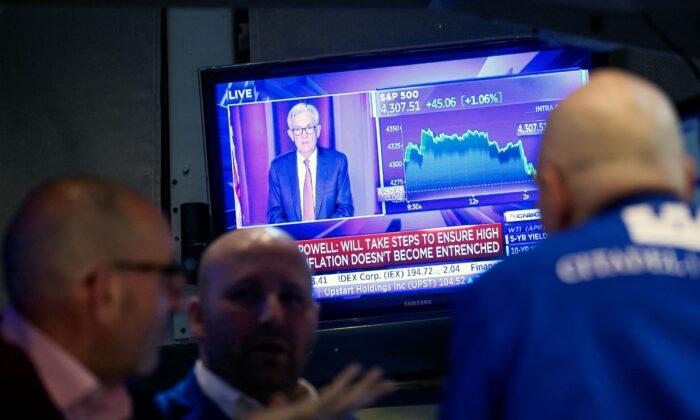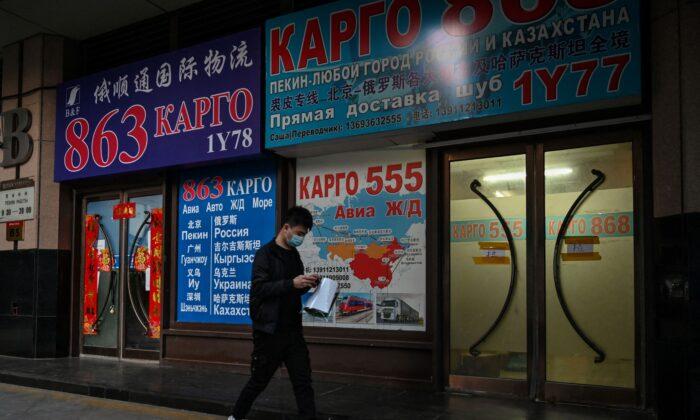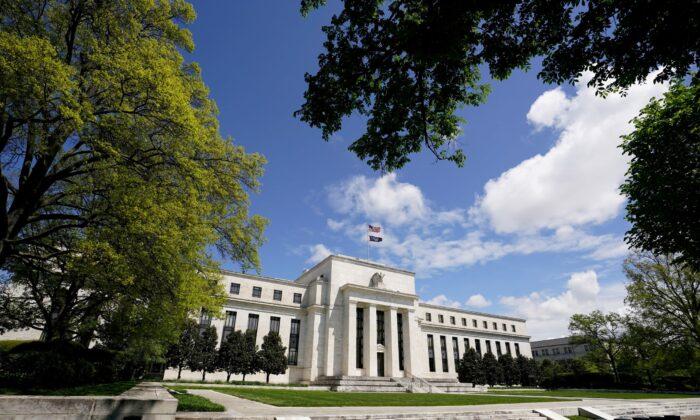This is the second consecutive month that the index has indicated a contraction, and it’s the lowest the index has been since the onset of the pandemic.
Perhaps more worryingly, the data show signs of stagflation—slow economic growth coupled with accelerating inflation. Driven by increases in commodity prices, the sub-index for output prices rose to 61.1, its highest level since 2016. But at the same time, a lack of demand is driving the contraction in production. The combination of high inflation and weak consumer demand could create a vicious negative feedback loop.
“About one-third of the surveyed companies listed insufficient demand as their biggest difficulty, indicating inadequate demand had restricted their production,” Zhang Liqun, an analyst at the China Logistics Information Center, told Reuters.
Broader Economic Decline
The manufacturing numbers only serve to reinforce the disappointing gross domestic product numbers published in October. The National Bureau of Statistics reported that the country’s economy grew by only 4.9 percent in the third quarter, slowing from 7.9 percent in the second quarter.Power outages have been a core headwind to Chinese economic activity. The energy crunch has been driven by a variety of factors that have combined to cripple the country’s power sector.
Demand for energy has been unusually high, driven by unseasonably cold temperatures and high demand for Chinese goods from other countries as they’ve exited the pandemic.
But as energy demand has increased, supply has been restrained by authorities. China removed a valuable source of imported coal when it cut coal purchases from Australia at the end of 2020, a move critics say was aimed at punishing the country for calling for an investigation into the pandemic’s origins.
The Chinese Communist Party’s carbon-neutral targets have led to lower domestic coal production. Government regulation capping electricity prices has meant that power plants haven’t responded to these forces, which have resulted in a self-inflicted surge in energy prices and energy rationing across the country, stunting economic activity.
To compound the issue, even with the slowing production, the global shipping crisis has meant that Chinese manufacturers haven’t been able to capitalize on high global demand for their products.
“It is clear that economic momentum is slowing quickly and supply chain pressures are compounding this weakness,” Mitul Kotecha, chief emerging markets Asia and Europe strategist at TD Securities, wrote in a Nov. 1 research note.





Friends Read Free